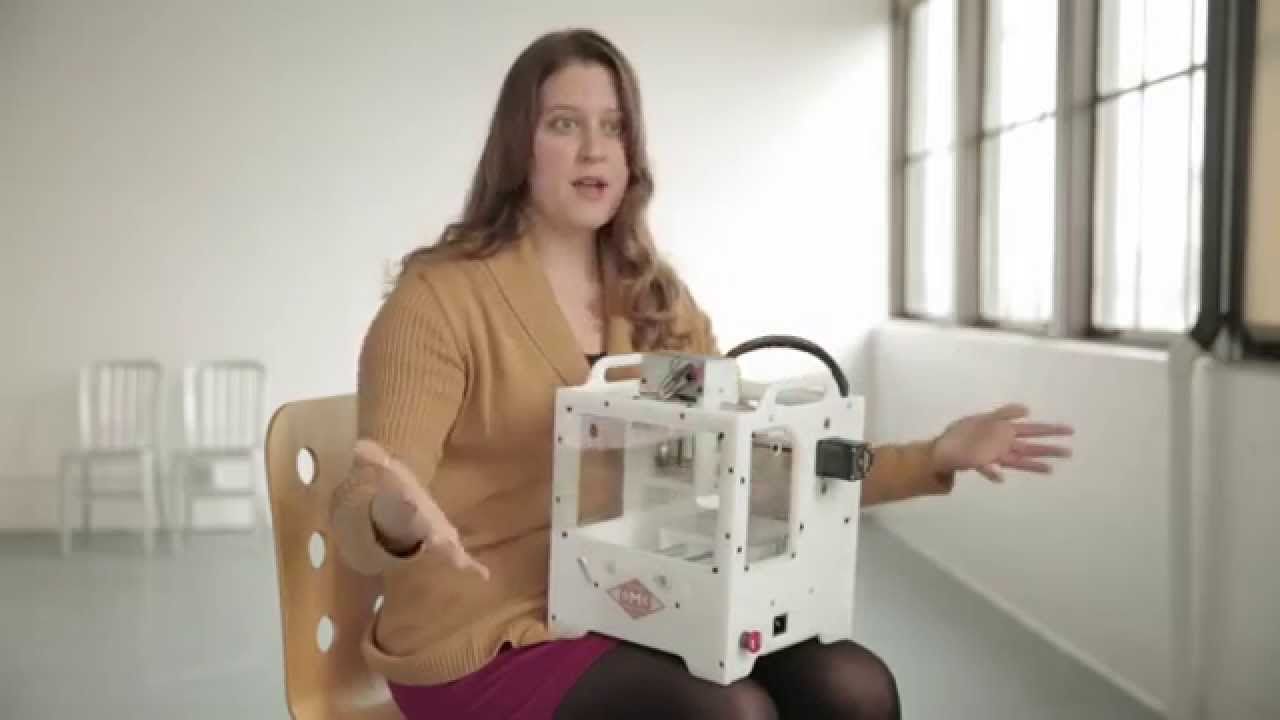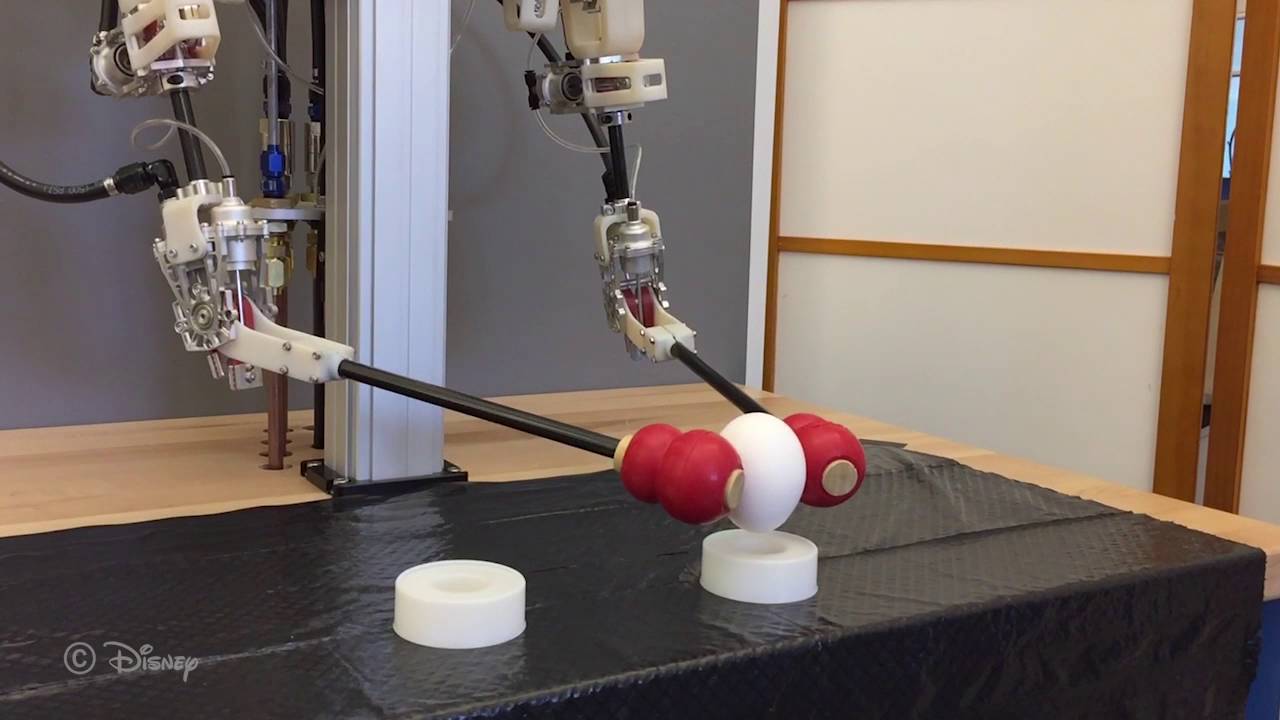
I still ponder on this question “Under current US laws, can I possibly win a suit against a law firm for poor representation because they used AI on my case and I lost my case that ended up causing me to lose millions and impacted my reputation? And, could this firm lose their license through the state board resulting from my claim & suit as well as others who claimed poor representation due to AI used on their case?” I believe they can under current laws.
Welcome to the firm, robot lawyers!
Last week, BigLaw firm BakerHostetler announced that it was partnering with ROSS Intelligence to bring artificial intelligence to its Bankruptcy, Restructuring, and Creditor Rights practice. ROSS will be used to help BakerHostetler’s non-robot lawyers research more quickly and intelligently. Will other firms follow their lead?
A New Kind of First Year Associate
When it comes to the law, many attorneys are skeptical of AI. After all, smart, machine learning programs will never have the charisma, experience, or gut instincts of seasoned attorneys. And many have predicted that the integration of AI into legal practice will be largely driven by client demands, not forward-thinking law firms.
Read more








